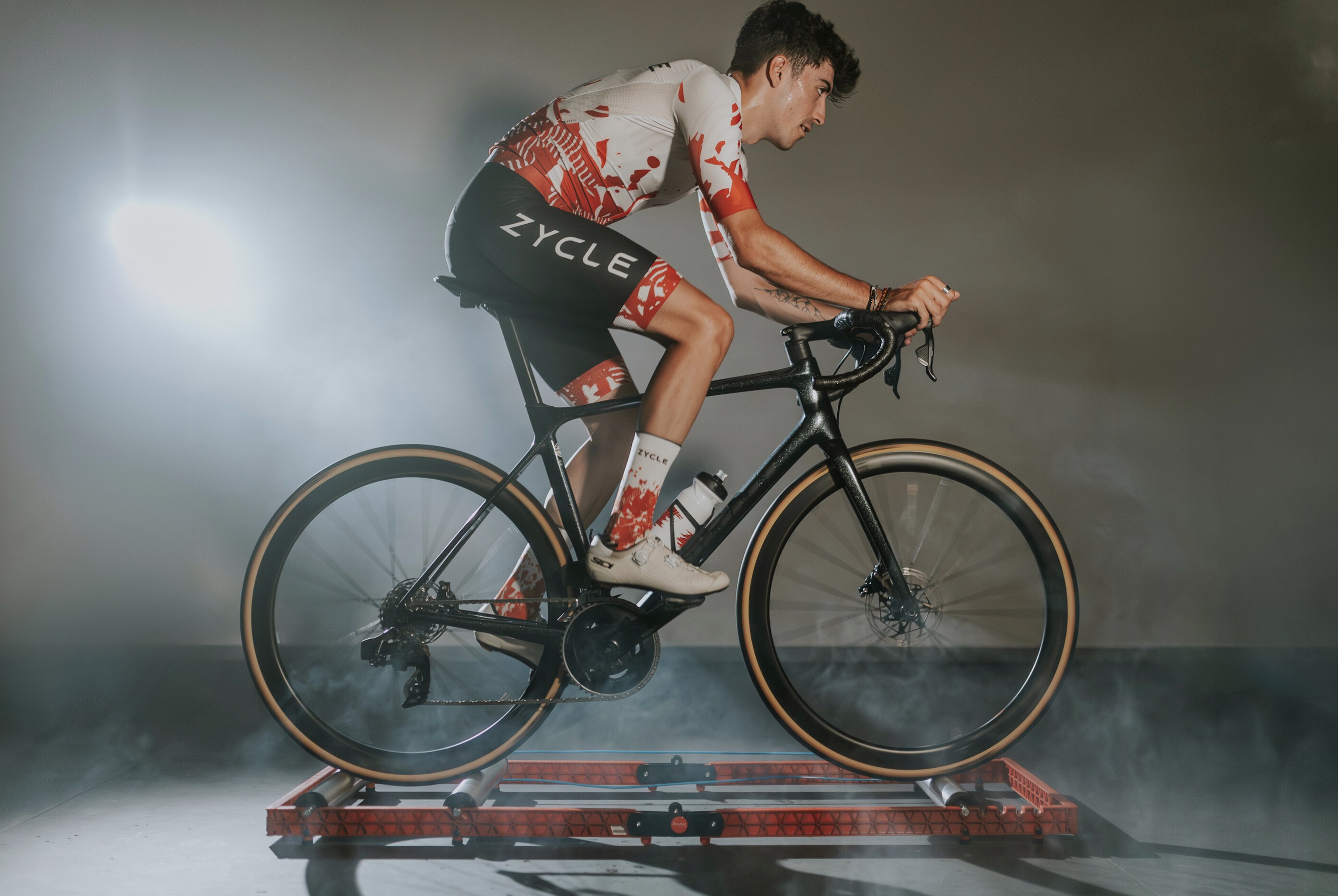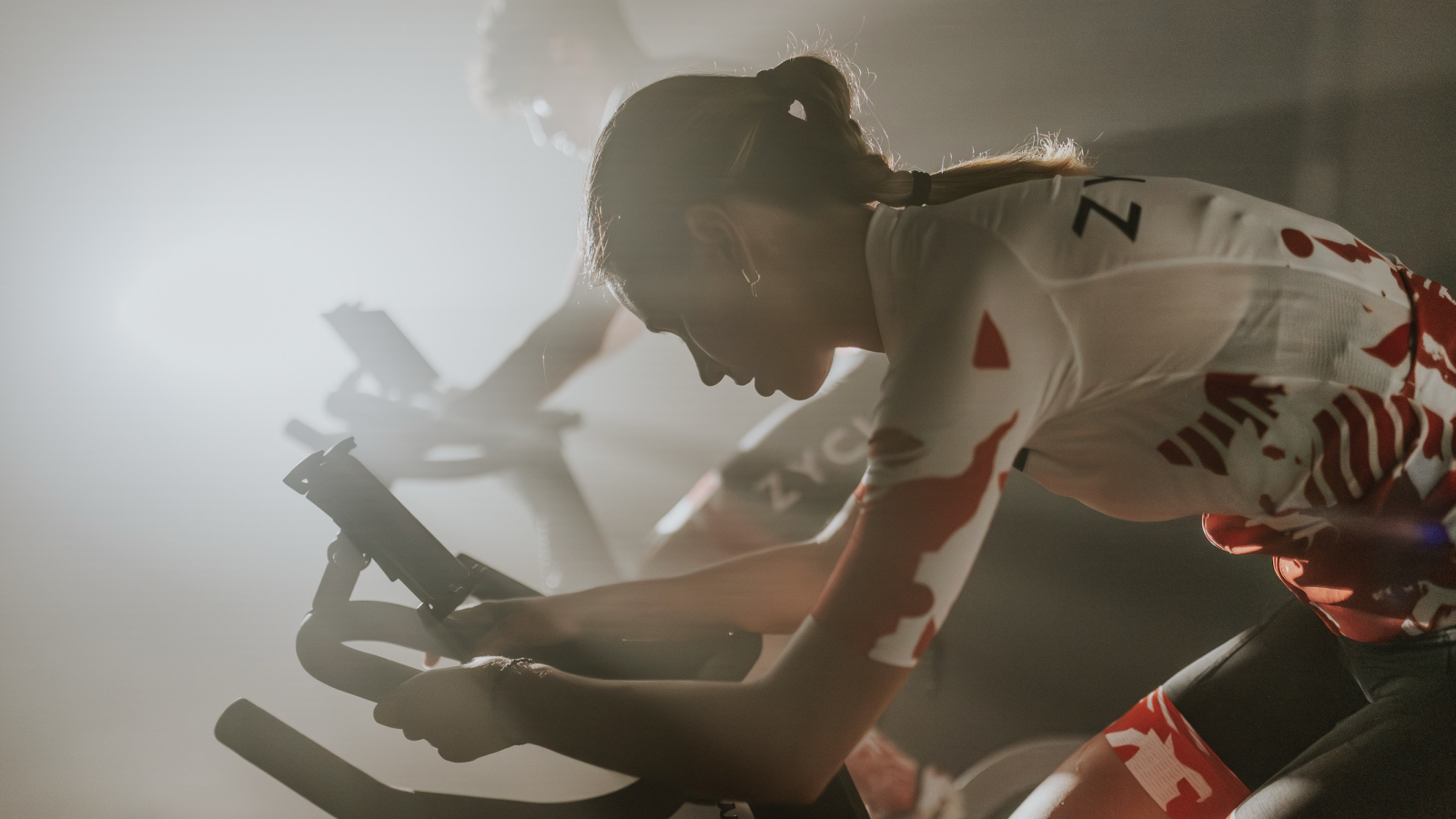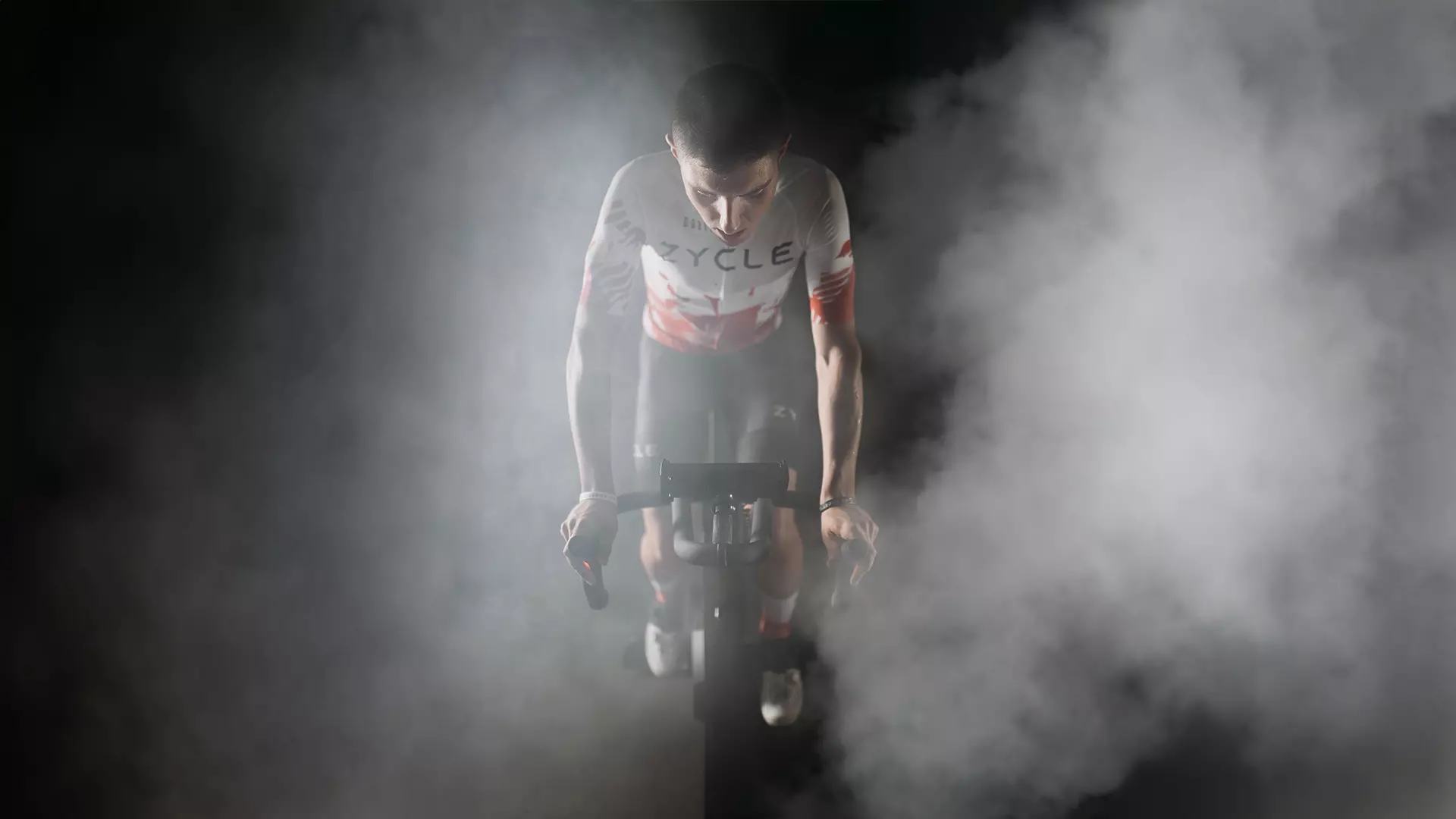In sports, how we feel often influences our performance, beyond the measurements provided by technological devices. Personal sensations determine our ability to maintain an exercise or not, and above all, to do so safely. In this sense, we find a value known as perceived exertion, which is fundamental in cycling. Although it is a subjective measure, it is based on scientific data and adapts to each cyclist. Below, we explain exactly what the perceived exertion scale is, its characteristics, and how it is measured. Let’s get started!
What is the perceived exertion scale?
Perceived exertion is an essential tool in indoor cycling, especially for those who train with smart rollers such as the ZDrive MAX or state-of-the-art bikes such as the ZBike 2.0 from ZYCLE. This perception refers to the intensity with which the athlete feels they are working, beyond objective data such as heart rate or watts generated. One of the best-known ways to measure this sensation is through the Borg Scale, developed by Swedish psychologist Gunnar Borg. This numerical scale ranges from 6 to 20 and allows for a subjective assessment of exercise intensity. For example, a value of 6 represents a feeling of rest or minimal effort, while a value of 20 corresponds to maximum effort, where the athlete feels they cannot continue.
Although it may seem imprecise, the perceived exertion scale is surprisingly effective and is commonly used in professional training. Its greatest virtue is that it adapts to the physical condition and context of each cyclist. If a person trains in hot conditions, with accumulated fatigue, or after a hard day’s work, their perception of exertion may increase, even if the objective data remains stable.
How perceived exertion is measured
Measuring perceived exertion is a subjective but very valuable process. The most direct way is to ask yourself how you feel during an indoor training session and compare it to the perceived exertion scale. As we mentioned, the traditional Borg Scale uses values from 6 to 20, although there is also a modified version, known as RPE (Rate of Perceived Exertion), which uses a scale from 0 to 10. In any case, to use it correctly, it is important to first establish a personal reference. For example:
- 0-1: complete rest or very gentle warm-up.
- 2-3: light effort, controlled breathing.
- 4-5: moderate effort, you could talk, but not sing.
- 6-7: high effort, talking is difficult.
- 8-9: very hard effort, heavy breathing.
- 10: maximum effort, cannot be maintained for more than a few seconds.
This subjective measurement can be complemented with data provided by ZYCLE devices and viewed through the official app, such as watts generated (power) or cadence—however, these measurements are unique to each cyclist and cannot be compared with those of other cyclists when it comes to perceived exertion. By combining both sources of information, cyclists have a much more complete view of their performance and can adjust their training according to how they actually feel.
Characteristics of subjective perception of effort in cycling

In the context of indoor cycling, subjective perception of effort is influenced by various physical and emotional factors. It is not simply a matter of leg strength: mental state, motivation, sleep quality, and accumulated stress levels—all essential aspects for any athlete—also play a role. This interaction of variables makes perception of effort a key tool for conscious (and safe) training. One notable aspect is its usefulness when power meters or heart rate monitors are not available. Thanks to subjective perception, it is possible to establish training zones, know when to slow down or intensify, and, above all, learn to listen to the body. Even with the most advanced tools, personal sensation remains essential.
In addition, perception of effort allows you to detect signs of overtraining or fatigue. If the same effort is usually perceived with an EP (Effort Perception) value of 5 and suddenly changes to 7, it may be a sign that the body needs rest. In indoor cycling, where intensity can be controlled to the maximum, this information is invaluable for preventing injuries and adapting routines.
Perceived exertion and training zones
One of the great advantages of training with perceived exertion is that it allows you to identify training zones without the need for complex devices. These zones are widely used in cycling simulators and virtual classes, allowing you to adapt perfectly to the session and perform at your best in each zone based on your condition and effort, enabling you to improve in the right direction and in a safe manner. These are the main training zones:
- Zone 1: < 65% HR | 2 PE.
- Zone 2: 65% – 80% HR | 3 – 4 PE.
- Zone 3: 80% – 85% HR | 7 PE.
- Zone 4: 85% – 90% HR | 8 – 9 PE.
- Zone 5: > 95% HR | 10 RPM.
In this article on training zones, you can find out more about them in detail: What are training zones and what are they for? Combining these zones with devices such as those from ZYCLE improves the efficiency of indoor training and helps you to better understand your own limits, which is why we recommend that you pay close attention to them.


 Cart is empty
Cart is empty 


